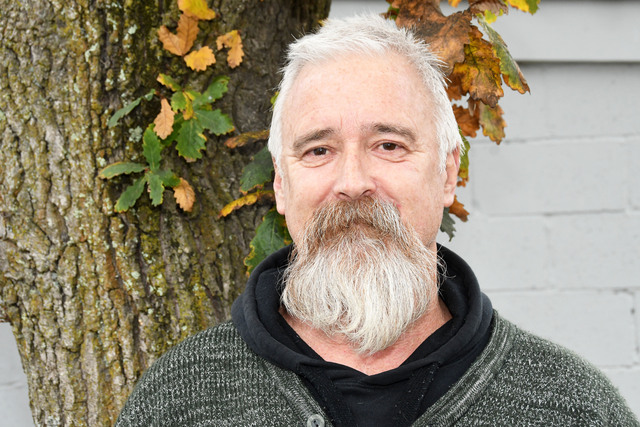By Sarah Schwager
THE Port of Hastings Corporation has announced that 450 submissions were lodged on the draft Port of Hastings Land Use and Transport Strategy.
Corporation chief executive officer Ralph Kenyon said he was pleased that so many individuals and organisations formally responded before the close of submissions on 14 March.
“I thank them for having a say and helping us to develop the port in an economically, socially and environmentally sustainable way,” he said.
Submissions included a petition with 1044 signatures from residents of the coastal villages opposing the Port of Hastings expansion and the Gippsland freight rail link.
Lynette Keleher from the Western Port Action Group (WAG) also sent a submission against the proposal, saying it was one of the most calculating and inconsiderate proposals she had seen.
“It is completely outrageous that this is even being considered given the fact that there have been a number of unsuccessful attempts to expand the Port of Hastings in the past,” she said.
“This will be absolutely disastrous for this bay. We must not go around placing our environment at high risk just for the sake of big business.”
Mr Kenyon said the submissions raised a range of issues, which the corporation would consider in detail.
A list of submitters and a summary of issues raised during the consultation process are to be published on the corporation’s website at www.portofhastings.vic.gov.au in the coming weeks.
“The port will look at all of the matters raised by submitters and then present a report to the State Government setting out its recommendations, including potential future transport routes,” Mr Kenyon said.
He said while the latest round of consultation had concluded, there would be further opportunities for community input.
“This is likely to take several months. Before the Government makes a final decision on issues such as transport routes, people will get a say through the planning and Environment Effects Statement processes,” he said.
“These normal planning and environmental protection processes include public consultation, the chance to make written submissions and to appear before independent public panel hearings.”
450 have port say
Digital Editions
-

The Indian Mate
Purchase this photo from Pic Store: 479976 For Australians from diverse backgrounds, life is a constant adaptation with the national culture alongside the preservation of…





